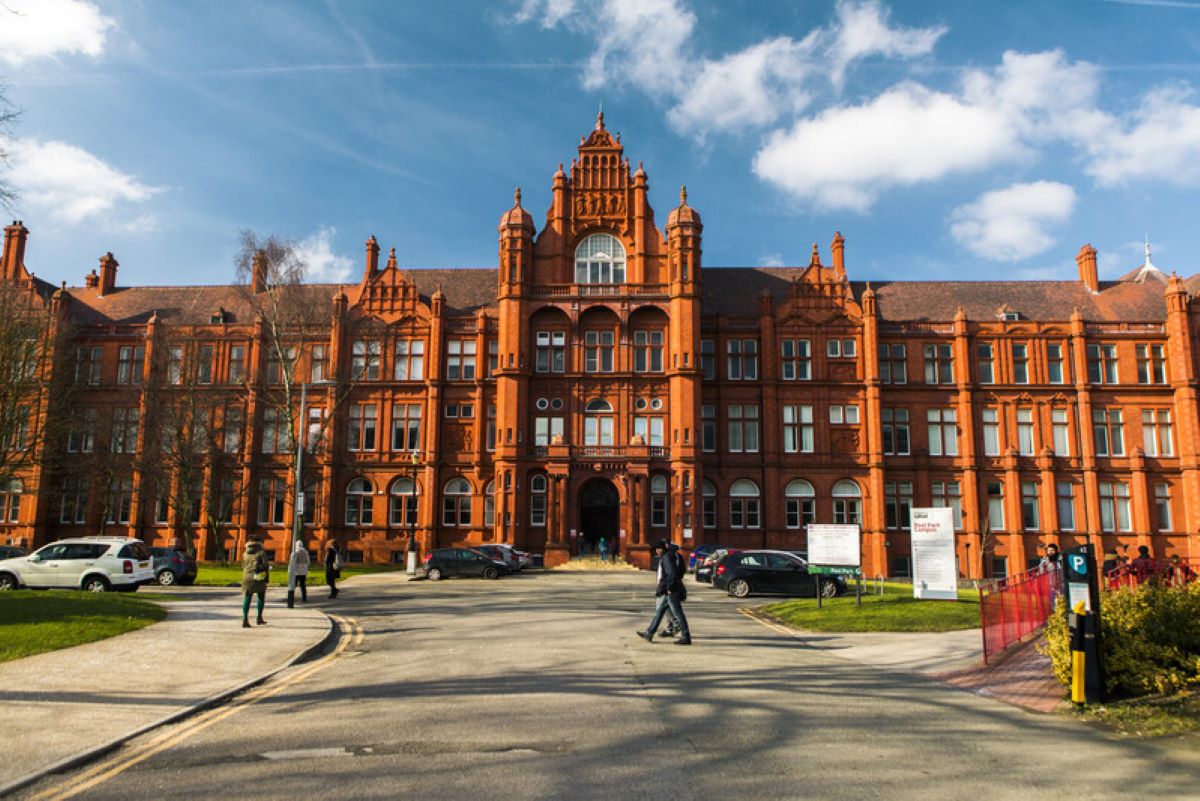Students have become more politicised since the start of 2020 – New polling shows students’ support for the Labour Party has grown under Keir Starmer

New @HEPI_news polling shows students’ support for the Labour Party (@UKLabour) has grown under Keir Starmer (@Keir_Starmer) and students have become more politicised since the start of 2020
Students’ voting patterns are often assumed but, as our recent report on the role of student voters in the last four elections has shown, their role can often be misunderstood. Today, we publish new YouthSight data on students’ voting intentions, which finds:
- The Labour Party continues to hold the greatest support among students, with 62%of those highly likely to vote saying they would vote Labour in an immediate election. This has risen since Keir Starmer became leader and is significantly higher than the same period last year (in August 2019 38% of students supported Labour)
- The Conservatives are the next most popular party among students, but support is down to 12%. The other major political parties achieve low levels of support: the Green Party at 9%, the Liberal Democrats at 8%.
- Students’ support for each political party doesn’t appear to change over their time at university, with support for Labour high among first (62%), second (61%) and third year students (64%).
- Female (69%) students are much more likely to vote Labour than male students (52%).
- Most students (83%) say they are highly likely to vote and this has peaked since the start of 2020. Again, the results are similar among first (83%), second (81%) and third year students (84%), but more split by gender: 90% of female students say they are highly likely to vote compared to only 74% of male students.
- Favourability ratings are calculated by those scoring 7-10 minus the percentage scoring 0-3 (scores of 4 to 6 are disregarded), when students are asked how much they like or dislike each leader. Support for Keir Starmer as leader of the Labour Party has not yet reached the levels of support of Jeremy Corbyn at its peak (+35%), as Starmer’s favourability rating among students is currently +16%. However it is significantly greater than support for Jeremy Corbyn at the same point last year, where Corbyn’s favourability rating was down to +1%.
- Boris Johnson’s favourability rating among students has grown since the equivalent point last year and is higher than Theresa May achieved, but is still low, at -43%.
- Ed Davey has achieved the highest favourability rating (-5%) of recent Liberal Democrat leaders, although differences are fairly marginal.
Rachel Hewitt, Director of Policy and Advocacy at the Higher Education Policy Institute, said:
‘Today’s results may be surprising to those who believed Corbynism was entrenched in university campuses. While Keir Starmer’s own favourability rating has not reached the levels achieved by Jeremy Corbyn, support for the Labour Party among students has risen since his election as leader, after a significant decline under Corbyn last summer. While the next election is still a way off, if Starmer continues on this trajectory he can feel confident of support from this key target group for Labour.
‘These results also show that the smaller political parties such as the Green Party and the Liberal Democrats have a long way to go if they want to secure the votes of students, as after a spike last summer, they have fallen to third and fourth place among students, behind the Conservative Party.’
Ben Marks, Chief Executive Officer at YouthSight, said:
‘For me, the key trend here is the fact that students are more likely to vote now than at any time since 2004 (when we started our student polling series). In the noughties the proportion ‘highly likely’ to vote was stable around the mid-60%s. After the 2010 Coalition Government it rose to the mid-70%s, then up a notch again after Brexit. But the current proportion is around the mid-80%s. Students have been politicised by Brexit, climate change, race issues and more. They feel their views are not being represented. I think we are looking at the making of a future activist generation.’
Students’ voting intentions
The below chart maps the voting intention of students for the four most popular political parties among students over the last two years. Students are significantly more likely to support Labour than any other political party and Labour currently (62%) has the greatest support among students since July 2018 (64%). Support for Labour waned between May – August 2019 and this loss of support may have temporarily been picked up by the Liberal Democrats and Green Party who both saw a comparable increase. However, both the Liberal Democrats and Green Party currently have low levels of support among students (8% and 9% respectively). The Conservative Party are on a downward trajectory of support from students, currently at 12% following a high of 21% in April 2020. However, they have not yet reached the low levels of June 2019 (9%), at the end of Theresa May’s term as leader. It should be noted that the differences between all the parties excluding Labour are close to the margin of error.
By comparing this data with YouGov’s polling data (which uses the same question) we can see how student voting intentions compare with the general population across 2020 so far. Labour sees a much higher level of support among students (62% in August 2020) than the general population (36% in August 2020), but in both groups there has been an increase of support for Labour since April 2020, the point at which Keir Starmer was elected Labour Leader. Conversely, the Conservatives have much lower levels of support among students (12% in August 2020) compared to the general population (43% in August 2020), but in both groups support has declined since April. The Liberal Democrats and Green Party have more support from students (8% and 9% respectively in August 2020) than the general population (6% and 4% respectively in August 2020), although this was not the case for the Liberal Democrats at the start of 2020, where support from students and general population sat at the same (albeit low) level.
The YouGov data used is available at: https://yougov.co.uk/topics/politics/articles-reports/2020/08/26/voting-intention-con-43-lab-36-24-25-aug
There is no evidence to suggest that students’ voting intentions change between course years at university. Similar levels of support are seen for each of the political parties among students of each year group.
Greater differences are seen when comparing by gender. Female students (69%) are significantly more likely to support the Labour Party than male students (52%) and male students (17%) are significantly more likely to vote for the Conservatives than female students (9%).
Likelihood to vote
Over the last two years, students have remained highly politicised, with the proportion of students saying they are highly likely to vote ranging between 67% and 84%. Since the start of this year, the proportion of students who are highly likely to vote has peaked, staying between 83-84%.
Likelihood to vote does not appear to be altered by students’ time spent at university, with similar levels of students saying they are highly likely to vote across all years of study.
Again, gender has a greater impact, with significantly more female students saying they are highly likely to vote. Only 1% of female students say they have a low likelihood to vote, compared to 5% of male students.
Leader favourability
The favourability of each of the party leaders is calculated by those scoring 7, 8, 9 or 10 minus the percentage scoring 0, 1, 2 or 3 (scores of 4 to 6 are disregarded), when students are asked how much they like or dislike each leader. Keir Starmer’s support among students has not yet reached the levels achieved by Jeremy Corbyn in July 2018 (+33%) (at its highest in February 2018, Corbyn’s favourability rating among students was +35%). However, Starmer has significantly higher favourability (+16%) among students than Corbyn at the same time last year (+1%). Boris Johnson’s favourability rating among students remains low but is higher (-43%) than at the same period last year (-54%) and than Theresa May (-48%) the year before. Ed Davey and Jo Swinson secured similar favourability rating among students (-5% and -6%), higher than those achieved by Vince Cable (-13%).
The below table shows the proportion of students who responded ‘don’t know / not stated’ to the leader favourability question, which may give an indication of how well known the political leaders are among students. Students are less likely to have a position on Ed Davey, the Leader of the Liberal Democrats, than any other leader. However almost a third of students say they do not have a position on Keir Starmer. While Boris Johnson is not popular among students, 98% of them do offer a position on him as the Conservative leader.
|
Party leader |
‘Don’t know / not stated’ |
|
Boris Johnson (Conservatives) |
2% |
|
Keir Starmer (Labour) |
30% |
|
Ed Davey (Liberal Democrats) |
59% |











Responses